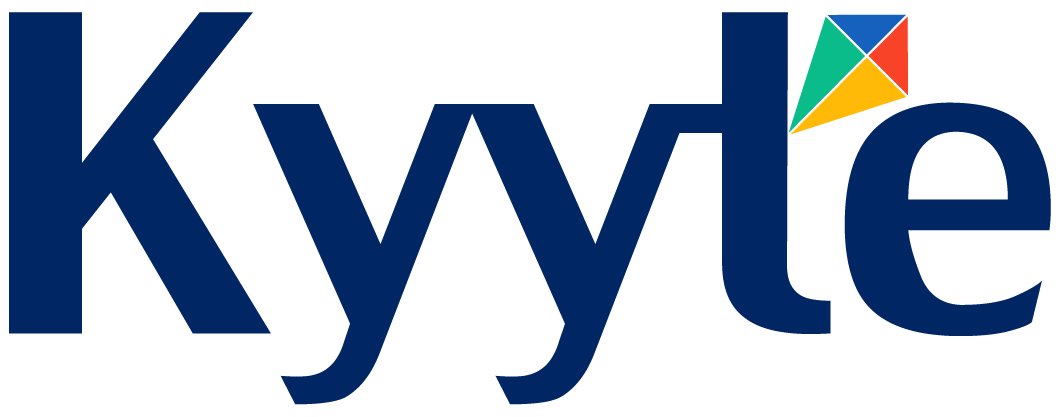Unlocking Sustainable Value: The Power of Digitized Category Management in Procurement
- Kyyte
- Mar 3, 2024
- 2 min read
Introduction:
Category Management is one of the cornerstones of Procurement, serving as a strategic enabler for teams of all sizes and levels of maturity to drive sustainable value. While the definition may vary across companies and industries, its core essence lies in developing robust category strategies that align with an organization’s objectives and actively managing the execution of these strategies.
Recent surveys have underscored the significance of Category Management as a top priority for key executives, including CPOs, CFOs, CCOs, and COOs (Peer Insights on 2022 Priorities, Procurement Leaders). An effective and coordinated spend management approach for critical spend categories is how sustainable value can be achieved. Although Procurement teams are making strides, the challenge remains in streamlining the process efficiently. Typically, the development, approval, and management of category strategies are disconnected from day-to-day execution, leading to strategies created from disparate data sources, offline documentation, sporadic reviews, and infrequent updates.
Unlocking the potential of digitized Category Management involves harnessing real-time data (spend, sourcing events, contract milestones, ESG), efficiently managing strategic execution activities, and sharing tangible outcomes with stakeholders. This transformation allows Procurement professionals to focus on analysis and solutions instead of data collection and compilation.
Discover SAP Ariba Category Management:
While SAP Ariba is a well-known Source-to-Pay (S2P) technology platform, you may not be aware of its latest innovation, SAP Ariba Category Management. In this quick 3 minute video, explore how this solution can revolutionize your approach to Category Management:
Key Benefits:
Centralized Category Management: Achieve consistency through centralized category definition and taxonomy alignment/management.
Comprehensive Insights: Gain a holistic view of internal spend and external market information for informed decision-making.
Efficiency Enhancement: Drastically reduce time spent on data gathering and preparation, enabling quicker and more effective strategy development.
Streamlined Processes: Seamlessly develop, review, approve, and maintain category strategies within a unified platform.
Enhanced Visibility: Improve transparency by tracking Category Management activities, ultimately increasing spend under management.


Conclusion:
Category Management remains a critical approach to managing company-wide spend and pursuing corporate objectives. When aligned with best practices in sourcing, contracting, supplier relationship management, and stakeholder engagement, sustainable value organically becomes the shared objective of business managers, suppliers, and Procurement. To bridge the gap between intent and execution, the digitization of category strategies is indispensable.
Transformation doesn’t have to be complicated. Kyyte is here to simplify the journey. Contact us via info@kyyte.io.


Comments